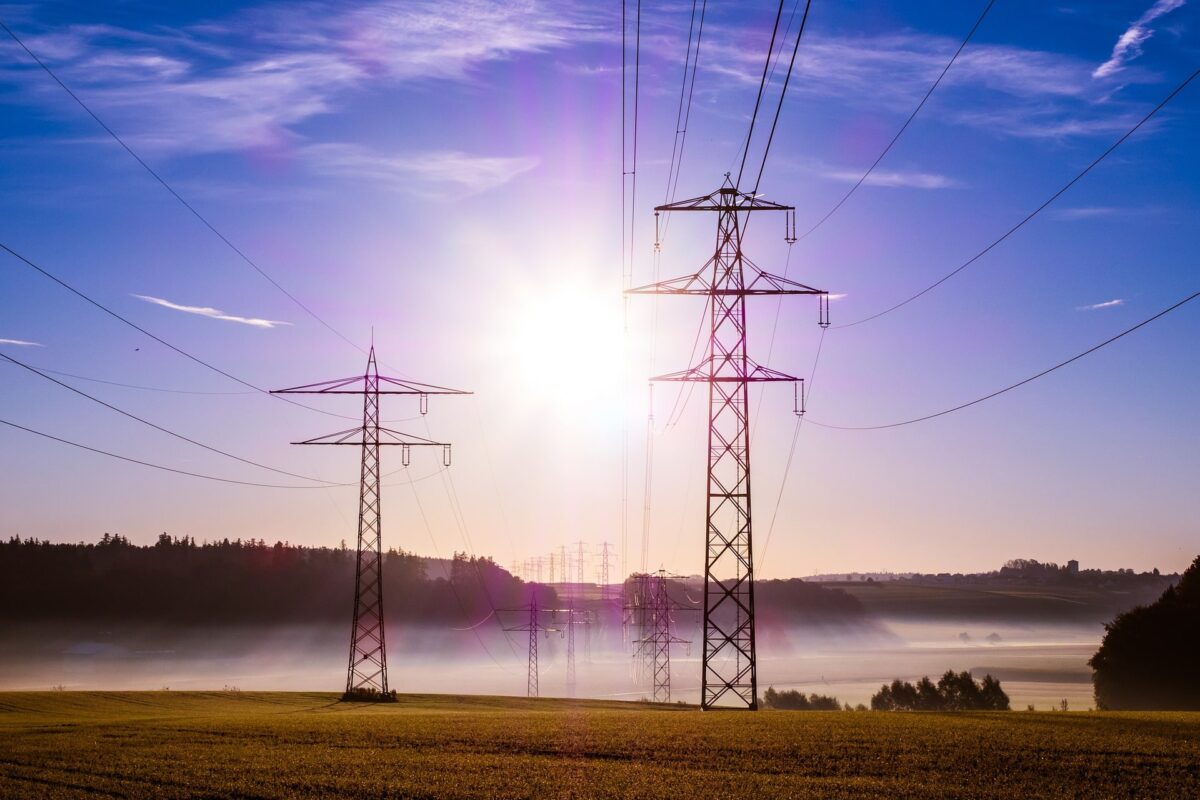The U.S. Department of Energy is working to “independently identify narrow areas” where transmission development is “urgently needed,” and will work with states, tribes, local communities and industry to accelerate the development of transmission projects in those areas, the department said.
DOE aims to “pinpoint” areas where consumers are harmed by inadequate transmission, whether by higher electricity prices, more frequent power outages from extreme weather, or longer outages.
Designation of a National Interest Electric Transmission Corridor (NIETC), as authorized by the Federal Power Act, makes federal financing and permitting tools available for transmission deployment.
NIETC designations will be based on:
- Findings from DOE’s National Transmission Needs Study
- Input from affected states, tribes, local communities, industry, and stakeholders
- Information and recommendations “relevant to transmission capacity constraints or congestion” that cause consumer harm or will do so in the future, and “ongoing roadblocks” to transmission development in those areas, such as permitting, siting, or regulatory issues
- Information on whether one or more transmission projects are under development in those areas.
DOE’s National Transmission Needs Study found that 54,500 GW-miles of within-region transmission must be added for a clean grid under “the most likely power sector future.” Interregional transfer capacities to transmit electricity between regions would also need to increase by nearly 125 GW, the study said.
DOE invites information and recommendations regarding NIETC designation by February 2, as detailed in its guidance. The department expects to release a preliminary list of potential NIETC designations in the spring, and will then invite information in response to that list. DOE is hosting a webinar on the process on January 3.
Federal financing available for transmission projects in NIETC corridors includes public-private partnerships through the Transmission Facilitation Program under the Bipartisan Infrastructure Law, and direct loans through the Transmission Facility Financing Program under the Inflation Reduction Act.
NIETC designation also allows the Federal Energy Regulatory Commission to issue permits for the siting of transmission lines within a NIETC corridor “under certain circumstances” where state siting authorities do not have authority to site the line, have not acted on an application for over a year, or have denied an application.
DOE anticipates re-opening the NIETC designation process after each publication of its triennial National Transmission Needs Study or as determined by the Secretary of Energy.
This content is protected by copyright and may not be reused. If you want to cooperate with us and would like to reuse some of our content, please contact: editors@pv-magazine.com.








By submitting this form you agree to pv magazine using your data for the purposes of publishing your comment.
Your personal data will only be disclosed or otherwise transmitted to third parties for the purposes of spam filtering or if this is necessary for technical maintenance of the website. Any other transfer to third parties will not take place unless this is justified on the basis of applicable data protection regulations or if pv magazine is legally obliged to do so.
You may revoke this consent at any time with effect for the future, in which case your personal data will be deleted immediately. Otherwise, your data will be deleted if pv magazine has processed your request or the purpose of data storage is fulfilled.
Further information on data privacy can be found in our Data Protection Policy.